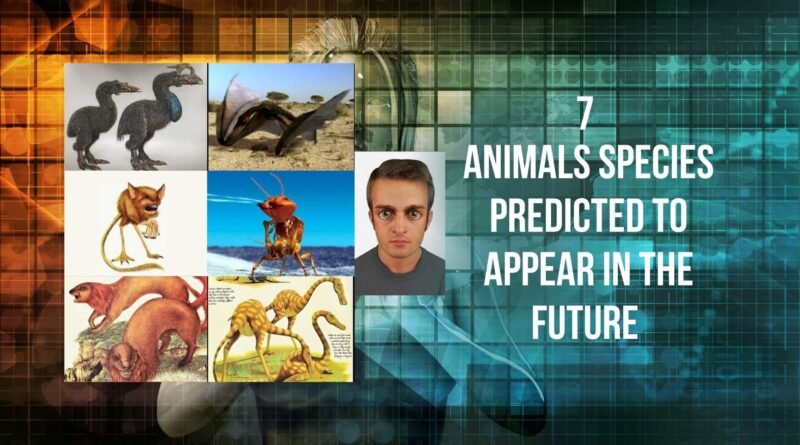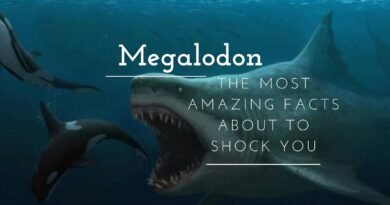7 Animals species predicted to appear in the future
Our planet is a massive space with a diversity of animals and birds. You may have already noticed how both animals and birds have evolved over the past years. From the prehistoric era to the present, it is almost unidentifiable to see these species and examine them. But it does not stop here. Sources suggest that in the next 1,000 to 1 million years, we are about to see another global change in the animal species that will blow our minds. What will it look like? What new animal species will we get to see? Are they scary? If you are thinking about all these questions inside your head, make sure you find your answer as you read.

- Necropteryx
Can you think of a creature that is nearly 60 inches? Yes, it has a protruding beak that it uses to kill and tear bones of the dead. This is the beast we refer to as Necropteryx. It walks well and can even travel 10km at a time. They use the carcass of dead animals to lay their eggs and call it a nest. Doesn’t this sound dreadful? Well, this is what you might have to see in the coming future. Although it looks gross, it somewhat resembles eagles and vultures of some kind.



- Leaping devil
The leaping devil is creepy-looking with long legs and arms. It also has a stout body with the face of a monster. Generally, this species preys on desert marmots and is a ferocious predator at that. It may majorly attack lizards for food and may also travel nearly 2 meters in a single jump. Can you believe that? They may be orange or red with a bulging set of teeth to eat their prey. Their nails are also quite extensive and may even have the potential to attack humans. (Images: speculativeevolution.fandom.com)
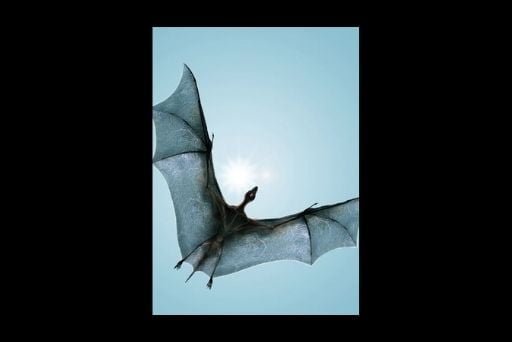
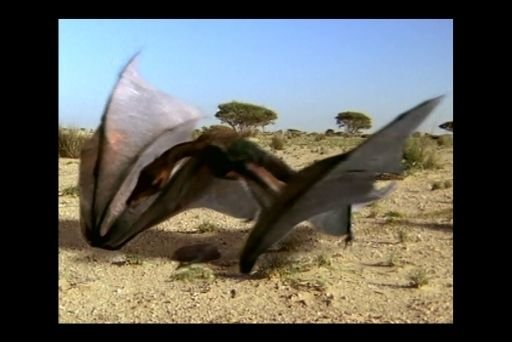
- Deathgleaner
They resemble bats in many ways because of their long wings and demonic body. They may also be able to hang in the air and circle like vultures. They are more likely to attack animals and prey on them in pairs. They also have a wingspan that goes nearly 4.2meters with a body that may 595grams. Very soon, it is likely to become the giant carnivorous bat. So, you can imagine how wild it may look when you have to see them with your own eyes. Their teeth are also quite long, so they might be able to scratch or bite you.

- Pamthret
Nearly fifty million years into the future, you might be able to see the Pamthrets lurking around in the jungles. They mostly look like Puma-sized animals, and they may be two meters in length. They will generally hunt in pairs but live in small families. They may also turn out to be the relatives of Shurrack. So, those massive predators may be quite a fascinating species to experience right in front of our eyes. What do you think about it?




- Terabyte
The terabyte families are more likely to live in colonies like towers they create with each other’s help. It will be nearly 6.5 inches long and 200 times its weight. Everybody will live in it together, and all of them play diverse roles. They may be the relatives of termites, so you can expect them to be exceptionally irritating. They are more commonly found in areas with lots of green algae and water. The terabyte species also do not have any legs. As such, they use each other’s help to transport themselves to different places. However, they are herbivores.

- Wakka
The Wakka will have no front limbs, a massive neck like a giraffe, and live in South American Grasslands. They will also be good at running fast. It also features long hind legs and a long tail and has gravity over its hips. Even when it is grazing on the grass, its eyes are sharply focused on predators. So, they can escape easily and are smart enough to detect anyone preying on them. They are also bipedal and do not have any front paws. So, it entirely relies on its tail.
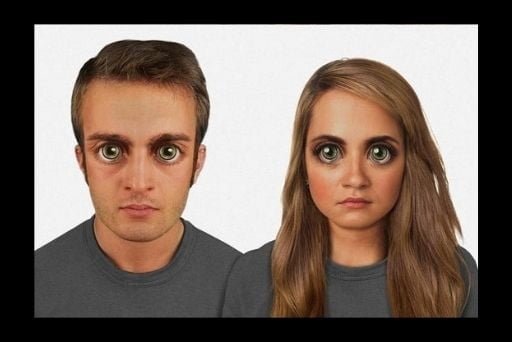
- Human species
It is strange, but we humans will also be completely different in the long run. Due to constant climate change and so many other reasons, the human species is likely to become smaller, with bald heads and bulging eyes in a million years. Many of us will also need an implant to remember people’s names. Body upgrades will also be expected, and with the help of artificial intelligence, we will change ourselves in many ways. It sounds scary, but that is possible in the coming years.
The bottom line
We hope you found this article helpful. You can research more about these animals that you are likely to see in the future. It will help you get more insight into what you can expect next. But that is way into the end anyway.

